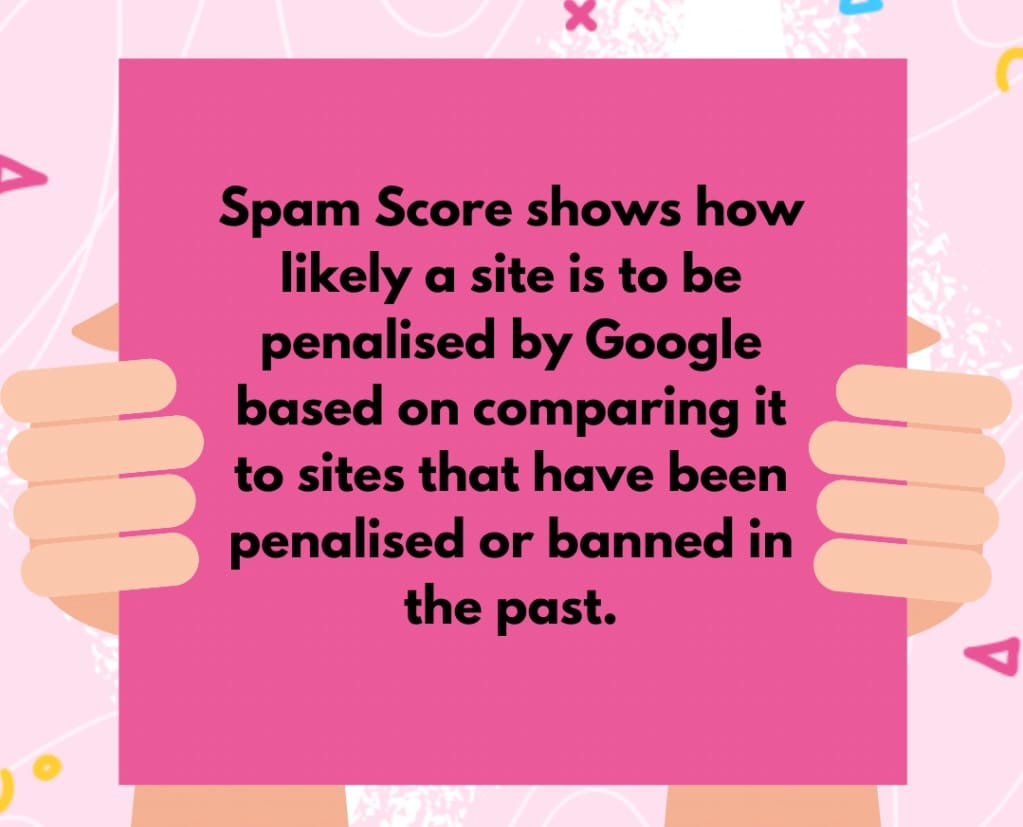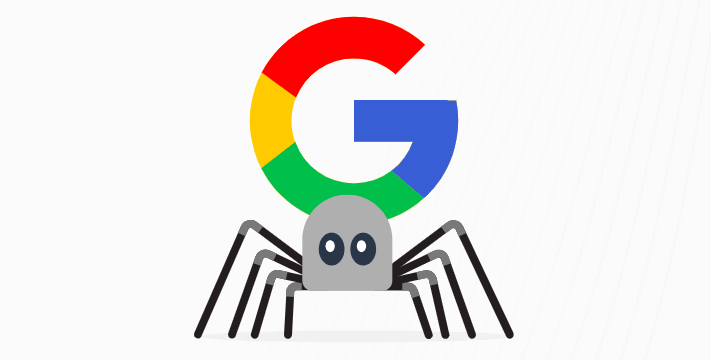Decoding Google's Spam Score Secrets

The Elusive Google Spam Score: What We Know So Far
Google's spam score is a mysterious metric that affects website rankings, yet remains shrouded in mystery. Despite its importance, there's limited information available on the topic. This article aims to shed light on the current understanding of Google spam scores, exploring the available data and expert insights to provide a comprehensive overview.
Understanding Google's Spam Score
Google's spam score is a numerical value assigned to websites, indicating the level of spammy content or practices detected. A higher score indicates a higher likelihood of spam, potentially leading to ranking penalties or even removal from search engine results pages (SERPs).
The Enigma Surrounding Google's Spam Score
Google maintains secrecy around the exact calculation and factors influencing spam scores. This lack of transparency has led to much speculation and misinformation within the SEO community.
Unraveling the Mystery: Expert Insights and Theories
Industry experts have shared their observations and theories on the factors contributing to Google's spam score. These include:
- Content quality and relevance
- Keyword stuffing and manipulation
- Link schemes and spammy backlinks
- Technical issues, such as crawl errors and mobile usability
- User experience and engagement metrics
Conclusion
While the exact secrets behind Google's spam score remain unknown, research and expert analysis have provided valuable insights. By understanding the potential factors influencing spam scores, website owners and SEO professionals can take proactive steps to maintain a healthy online presence and avoid ranking penalties.
Understanding Google's Spam Detection Mechanisms
Google's spam detection mechanisms are a crucial aspect of maintaining the integrity and quality of its search results. These mechanisms are designed to identify and penalize websites that engage in spammy practices, ensuring that users receive relevant and trustworthy information.
Advanced Algorithms at Play
Google employs advanced algorithms to detect and penalize spammy websites. These algorithms are constantly evolving to stay ahead of spammers and their tactics. By using machine learning and natural language processing techniques, Google can analyze vast amounts of data and identify patterns that are indicative of spammy behavior.
Evolving Mechanisms to Combat Spam
The mechanisms used by Google to detect spam are constantly evolving to address new and emerging threats. This ensures that spammers cannot exploit loopholes or find ways to manipulate the system. Google's commitment to innovation and improvement enables it to stay one step ahead of spammers.
Identifying Spammy Websites
Websites that engage in spammy practices are likely to be flagged by Google's algorithms. This includes websites with:
- Low-quality content that provides little value to users
- Manipulative tactics, such as keyword stuffing or cloaking
- Suspicious activity, including unusual linking patterns or traffic spikes
By understanding how Google's spam detection mechanisms work, website owners can take steps to ensure their site is compliant and provides a positive user experience.
The Impact of Spam Scores on Search Engine Rankings
When it comes to search engine rankings, spam scores play a significant role in determining a website's visibility and credibility. Google's spam score is a critical metric that assesses a website's trustworthiness and relevance to search queries. In this section, we'll delve into the impact of spam scores on search engine rankings and explore why understanding this concept is crucial for SEO strategies and online success.
Consequences of a High Spam Score
A high spam score can have severe consequences for a website's search engine rankings. Some of the potential outcomes include:
- A high spam score can lead to lower search engine rankings or even removal from Google's index. This means that your website may not appear in search results, making it invisible to potential customers.
- Reduced traffic and engagement: A high spam score can lead to a decrease in website traffic, as search engines may not display your website in search results.
- Loss of credibility: A website with a high spam score may be perceived as untrustworthy or spammy, damaging its reputation and credibility.
Benefits of a Low Spam Score
On the other hand, a low spam score can have numerous benefits for a website's search engine rankings and online presence. Some of the advantages include:
- Conversely, a low spam score can improve visibility and credibility. A website with a low spam score is more likely to appear in search results, increasing its online visibility and credibility.
- Improved rankings: A low spam score can lead to better search engine rankings, as Google perceives the website as trustworthy and relevant.
- Increased traffic and engagement: A website with a low spam score may experience increased traffic and engagement, as search engines display it in search results.
Why Understanding Spam Scores Matters
Understanding spam scores is crucial for SEO strategies and online success. Here are some reasons why:
- Understanding spam scores helps you identify potential issues: By monitoring your website's spam score, you can identify potential issues that may be harming your search engine rankings.
- Optimize your website for better rankings: By understanding spam scores, you can optimize your website to improve its trustworthiness and relevance, leading to better search engine rankings.
- Stay ahead of the competition: In today's competitive online landscape, understanding spam scores can give you an edge over your competitors, helping you outrank them in search results.
In conclusion, spam scores have a significant impact on search engine rankings. A high spam score can lead to lower rankings or even removal from Google's index, while a low spam score can improve visibility and credibility. By understanding spam scores and optimizing your website accordingly, you can improve your search engine rankings, increase traffic and engagement, and establish your website as a trustworthy online presence.
Best Practices to Avoid Triggering Google's Spam Filters
Google's spam filters are designed to provide users with the most relevant and useful search results. However, sometimes these filters can incorrectly flag legitimate websites, leading to a decrease in search engine rankings and traffic. To avoid triggering Google's spam filters, follow these best practices:
Create High-Quality, Engaging, and Informative Content
Develop content that resonates with your target audience and provides value to them. Conduct thorough research, use credible sources, and present information in an engaging and easy-to-understand manner. This will not only help you avoid spam filters but also improve your website's credibility and user experience.
Avoid Manipulative Tactics Like Keyword Stuffing and Link Schemes
Google's algorithms are designed to detect and penalize websites that use manipulative tactics to improve their search engine rankings. Avoid practices like keyword stuffing, cloaking, and link schemes, as they can lead to your website being flagged as spam. Instead, focus on creating high-quality content and building natural backlinks.
Ensure Technical SEO is Up-to-Date
Technical SEO plays a crucial role in helping search engines understand and crawl your website. Ensure that your website is mobile-friendly, has fast page speeds, and is secure (HTTPS). Regularly update your website's technical aspects to reflect the latest best practices and algorithm updates.
The Future of Google Spam Scores: What to Expect
As Google continues to evolve and improve its algorithms, the spam score system is likely to undergo significant changes. Here are some key developments to anticipate:
Google will continue to refine its spam detection mechanisms
Google's commitment to delivering high-quality search results will drive ongoing enhancements to its spam detection capabilities. Expect more sophisticated methods to identify and penalize spammy tactics, ensuring a safer and more reliable search environment.
Artificial intelligence and machine learning will play a larger role
The increasing importance of AI and machine learning in Google's algorithms will likely lead to more accurate and efficient spam detection. These technologies will help identify patterns and anomalies, enabling Google to stay ahead of spammy techniques and maintain the integrity of its search results.
Staying informed and adapting to changes is essential for online success
As Google's spam score system evolves, it's crucial for website owners and digital marketers to stay up-to-date with the latest developments and best practices. By adapting to these changes and prioritizing high-quality content and user experience, online businesses can maintain their visibility and credibility in the face of increasingly sophisticated spam detection measures.















Comments ()